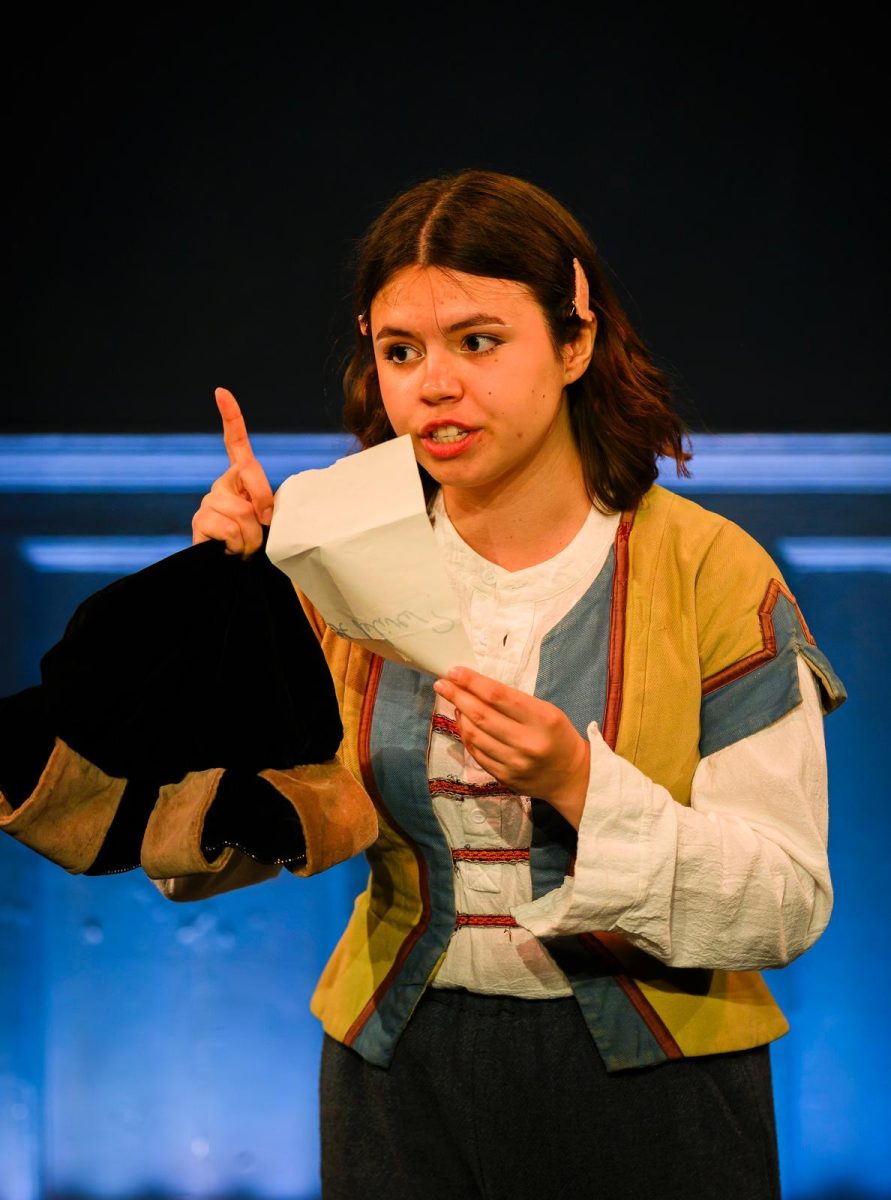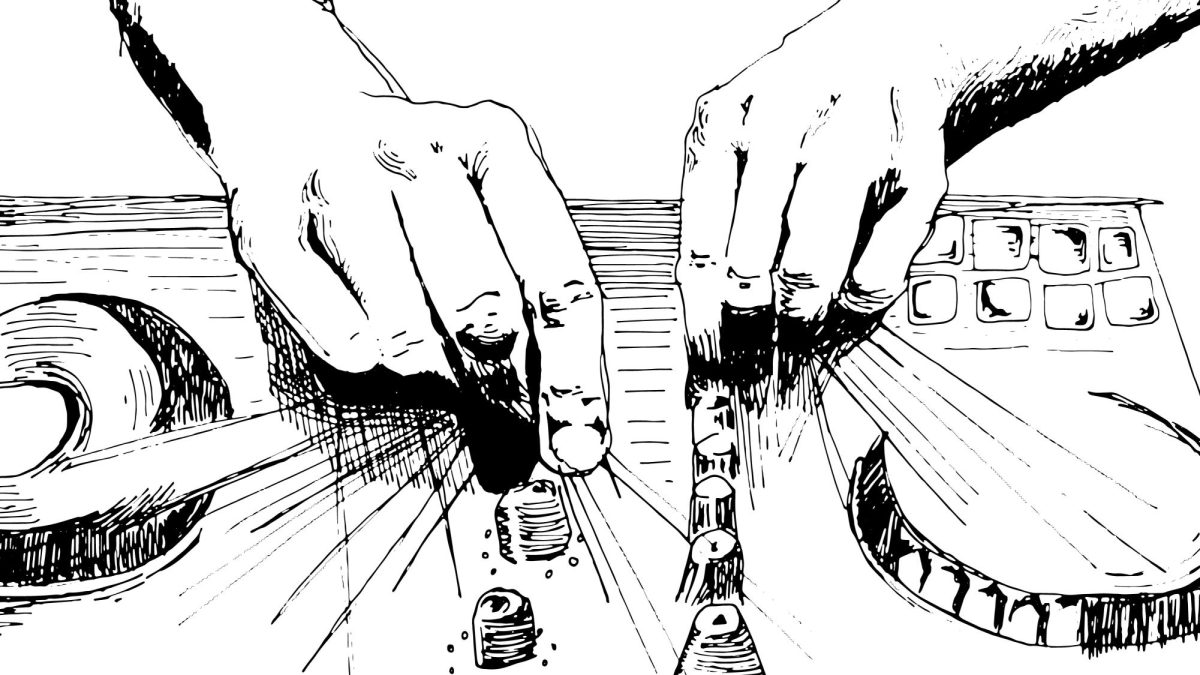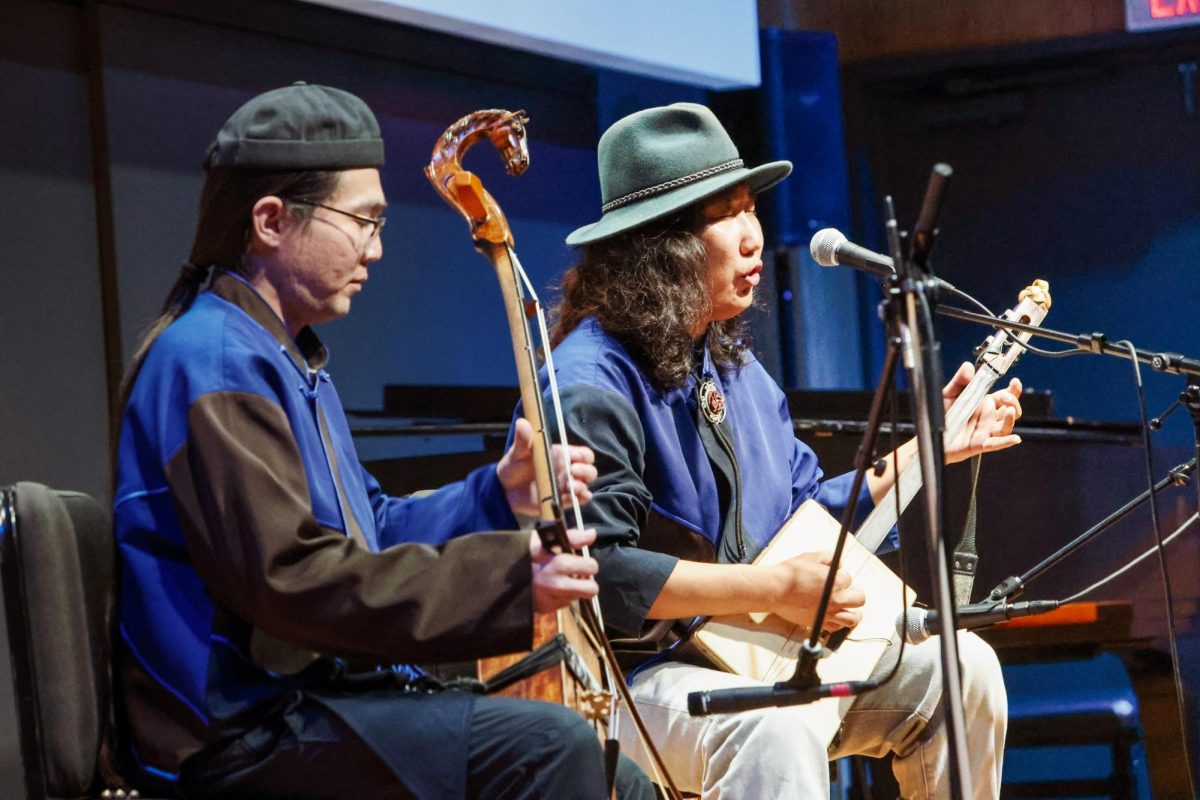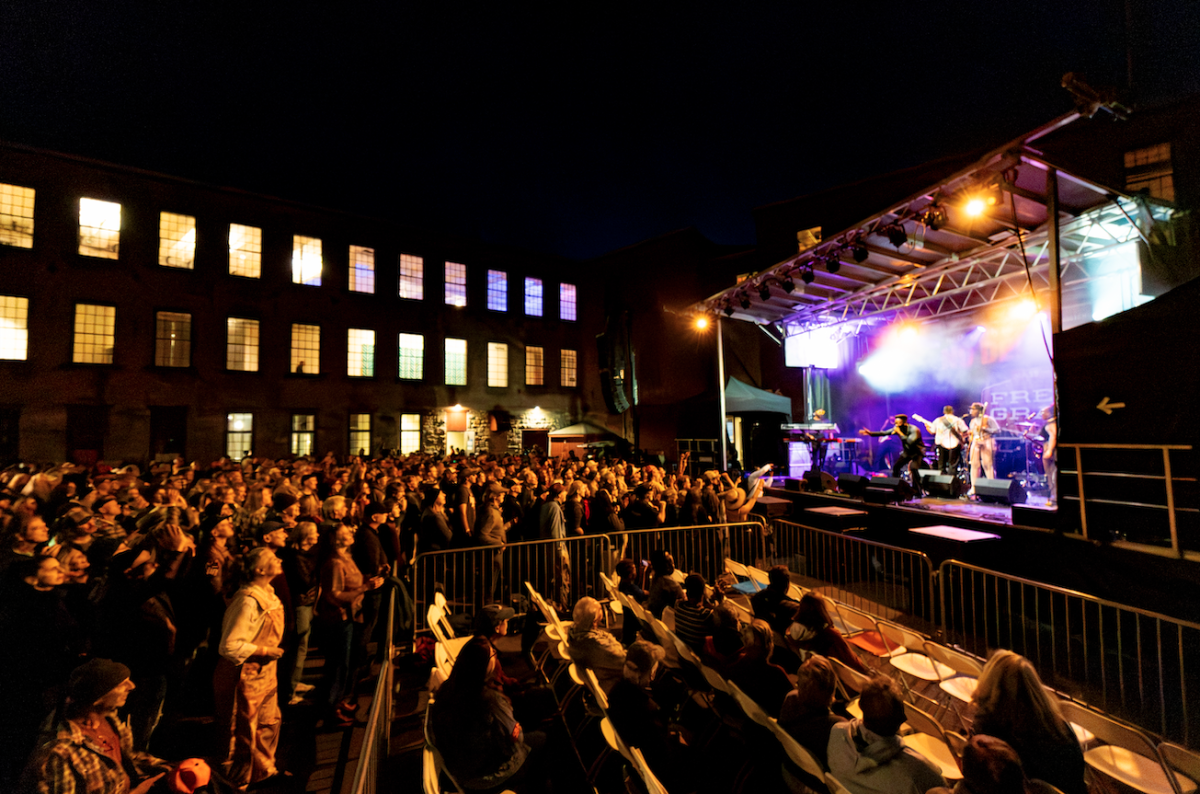I recently went through a breakup — not with a boyfriend, or a best friend, but with a penpal. J and I had only met twice in person before I suggested we shift our budding friendship to snail mail. An acquaintance from high school I’d reconnected with during my long summer in New York, J would shortly leave the city for college in the Midwest. I was sticking around until I left for Oxford in September, and anxious at the prospect of maintaining yet another relationship through digital means, I proposed J and I communicate longform to save both our friendship and the USPS. Since J and I were not close friends before we became penpals, we included a set of get-to-know-you questions for the other to answer at the end of every correspondence — not icebreakers like our favorite colors or ice cream preferences, but more specific asks, such as “Describe your favorite tree,” or “How did you lose your first tooth?”
A Thousand Ways, the new COVID-era performance piece by theatre duo 600 Highwaymen presented virtually this weekend by the ’62 Center, is composed entirely of similarly pointed questions (I think one or two of them even overlapped with the ones J and I had asked each other). In A Thousand Ways, two strangers — participants who reserve tickets for the same time slot — dial into a personalized conference call. There, a pre-recorded voice greets the two strangers and guides both participants through a set of questions (“Who is someone you idolized?”), visualizations (“Picture yourself in a blue car on a dusty highway. Say ‘I’m there’ when you feel it) and partner exercises (“Person A, count down from 5 as Person B traces their forearm from elbow to wrist”). Over the course of the hour, the idea goes, the stranger sharing anecdotes on the other end of the line might become less of a stranger, might “come into focus.” I understood this because at the end of the piece, the pre-recorded voice requested I repeat to my partner, “Am I coming into focus?”
I attended A Thousand Ways on the last day of the mandatory two-week quarantine I’d had to undertake upon arriving in England for the semester. As a work of socially distanced theatre, students like myself could attend A Thousand Ways in the evening in England, while a student calling in the afternoon at Williams could attend the same performance. In the post-COVID theatrical landscape, characterized by the absence of physically gathered audiences, it seems every theatre writer and theatre artist more than ever wants to investigate “togetherness.” Many theatre artists have (and I believe should have) already been considering “togetherness” as a facet of their work. But socially-engaged artists such as 600 Highwaymen have made “creating intimacy amongst strangers and illuminating the inherent poignancy of people coming together” (a quote from 600 Highwaymen’s mission statement) the crux of their practice.
I first encountered the work of 600 Highwaymen — partners Abigail Browde and Michael Silverstone, who attended college together before becoming a couple and artistic duo — in February 2019, when the 62 Center hosted their touring production The Fever. In a pre-show interview for The Record, Browde described The Fever to me as “participatory theatre made by people who hate it.” A post-show interview with a friend yielded the phrase “emotionally devastating and ruining.” The intensity of The Fever, a performance piece which asked 73 participants to run laps around the theatre, physically support fellow participants, and roleplay scenarios of care and neglect, had left him moved yet drained. I recall feeling similarly moved. I also recall, when asked what The Fever was “about,” being completely unable to answer. The Fever had introduced a loose narrative at the outset — participants envisioned themselves at a party, someone was standing in the driveway, there was a character named Marianne — but the narrative quickly surrendered to the orgiastic ecstasy of collective physical experience. Docile after such exertion, most participants in The Fever were willing to accept poignancy — only afterwards questioning whether or not such poignancy was earned — in the quiet of the aftermath.
A Thousand Ways is an intimate piece conceived for a very different world. Because A Thousand Ways only involves two participants, it cannot provide the same moments of unbridled energy that primed me and my friend to find The Fever’s calm and vulnerable moments moving. The result is a performance disappointingly one-note: the note in question being manufactured vulnerability. So obviously did 600 Highwaymen want me to feel poignancy and loss when I had to share with Person A answers like “What I neglected to take from my ancestors” or “An element of myself I’ve lost since I was a child,” that I couldn’t help but roll my eyes. As if anticipating my cynical reaction, the voice asking the questions interspersed the script with cliche lines verging on apologies, such as “This is an attempt at something,” “Words are not always enough, but we can try,” and “These are just tiny fragments.” I felt some sense of connection to my partner when she shared her personal details with me, but the overtness of “connection” as the performance’s goal hindered most real connection at all.
Technically, A Thousand Ways should certainly be commended for its innovative approach to socially-distanced theatre. But a major roadblock to gaining any sense of intimacy from the performance was that the questionnaire was pre-recorded, meaning the persistent voice often interrupted me and my partner while one of us was sharing an answer. Other times, we could not hear clearly enough to answer the question and sat on the line in silence. Much of our day-to-day lives these days is aggressively arbitrated by technology, and I took no reprieve from having this supposedly human and vulnerable encounter likewise depend on an aloof digital mediator. Throughout the piece, I wondered what might happen if I started talking over the pre-recorded script. I wondered if the piece wouldn’t have been more profound if I could just call my stranger up on the phone. Perhaps it would have been — but if we’d strode ahead and created that intimacy ourselves, how could 600 Highwaymen lay claim to having created it for us?
The truth is, I was perhaps cynical about A Thousand Ways because I had already tried the question-and-answer method of connecting over physical distance with my penpal, J. I broke up with my penpal because though I could learn his elementary school crush, the figures that recur in his dreams, the names of all six of his roommates, or what instruments he’d played in band class, I would not, for some time, feel his body weight shift as he described these things to me, feel my own body respond to the way his voice filled a room. Gaining all the facts about him in the world would still not allow me the things I could learn about him only through his physical presence, just as describing myself through quirky facts to the girl on the other end of the phone call ultimately brought her no closer to the living me.
A generous reading of A Thousand Ways, one which I am fascinated by though it would radically contradict 600 Highwaymen’s declared intention of fostering connectivity, is that A Thousand Ways succeeds as art if its failure to deliver a vulnerable experience to participants is intentional. That is, what if we were to view A Thousand Ways not as an attempted salve for distanced life, but a reflection of art’s own failure to provide a real remedy for the loss this pandemic has engendered? There is arguably nothing more contemporary to the COVID-era than crude attempts to replicate the togetherness we’ve lost. Perhaps theatre such as A Thousand Ways ought to pause its relentless crusade to rush audiences swiftly back to contrived “togetherness.” We cannot reach genuine profundity without acknowledging openly what is still raw — that this pandemic has made closeness terrifying, and in our struggle to shape a new way to be, the togetherness we’ve left behind might not remain the model. Towards the end of the A Thousand Way, the voice asks both participants to lie down and visualize that they are stargazing. Only then, with my eyes closed, lying on my floor and hearing my partner — who I pretended was beside me — “counting stars” on the other end of the line, did I begin to feel the almost religious sense of togetherness I had experienced during The Fever. Who the person was scarcely mattered — what mattered was their presence, even if I was imagining it, besides me, their willingness to be near me. When the line went dead, the feeling was taken away as abruptly as it came on. I wept: in two weeks of quarantine, I’d never felt more alone.








